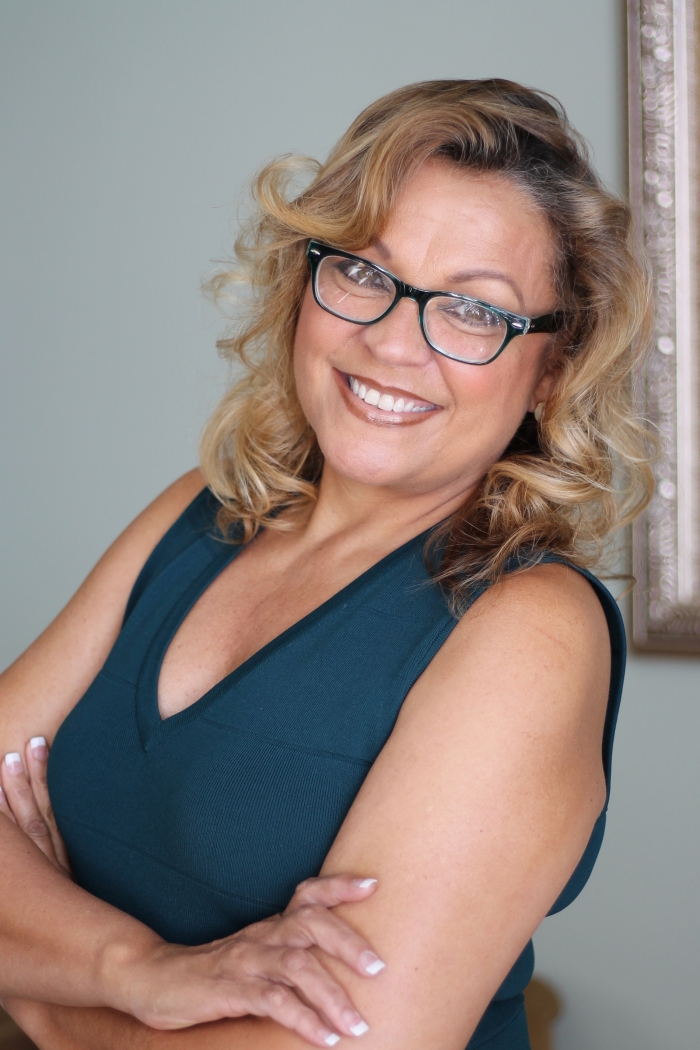
There can be no worse feeling for a parent to not know where their child is. Though it was over thirty years ago the terrifying feeling I felt has never left me. I was in downtown Los Angeles at the garment district with my daughter and three other children who I was babysitting and for what seemed like a brief moment, I was distracted and momentarily lost sight of my daughter. She had vanished, I panicked, hollered, screamed for help and stood there helpless. Fortunately, she was playing hide in seek in the store and someone spotted her. My heart was relieved.
The trauma and terror of my daughter missing for mere minutes was unforgettable. One of the untold stories in this country is the sad reality that last year alone 268,884 girls and women were reported missing in the United States, according to the National Crime Information Center. Another sad caveat to that statistic is a third of those reported missing were Black. Black girls and women go missing at high rates but for some reason it does not get much coverage, local or national. Recently in the news we have heard the story of Gabby Petito, she was reported missing after her boyfriend returned from a cross-country trip without her. Do not get me wrong the pain her family has experienced is real and I would not wish it on anyone. What confused me was, why was this particular case attracting nationwide coverage? The unfortunate sad ending to this case was Gabby Petito’s remains were found at a national park in Wyoming. I do not want to think that the only reason the spotlight on this case was because Gabby was white. But we cannot but help notice the glaring difference in the media attention on missing white girls and women than what missing Black women and girls receive. African American children make up 14 percent of children in the United States, and yet, they make up 37 percent of those who go missing. I just get the sense when Black girls and women go missing it is not newsworthy and the media refuses to shine a light on it. Is this because so much of the mainstream media has portrayed Black people as criminals and whites as victims?
Just recently I became aware of journalist and activist Erika Marie Rivers who three years ago started a website called Our Black Girl. The site tells stories of Black girls and women who have gone missing or, in some cases, were found dead under shadowy circumstances. Erika on her free time reads missing persons databases, looks at news footage and whatever other information she can find to research and share these stories. Erika Marie Rivers is proving that we should be our sister’s keeper. More than 90 percent of children who go missing in this country run away from home. We do not know if they are running away from something or running to something.
What can we do to try and help this epidemic affecting our communities of color? We can be informed about groups like The Black and Missing Foundation which helps families of color file police reports, create missing posters and spread the word about missing children. There is also a community group on Facebook for parents to alert the public about their missing child and ask questions of others who have had similar experiences. The point is let us remember we are a village and be mindful of what is happening and if we see something or learn something and can do something about it, do so! Yes, we are our Sister’s Keeper.
Healing Without Hate: It’s a choice. It’s a lifestyle. Pass it on.
Visit www.WendyGladney.com and www.forgivingforliving.org to learn more. Wendy is a life strategist, coach, consultant, author, and speaker.




